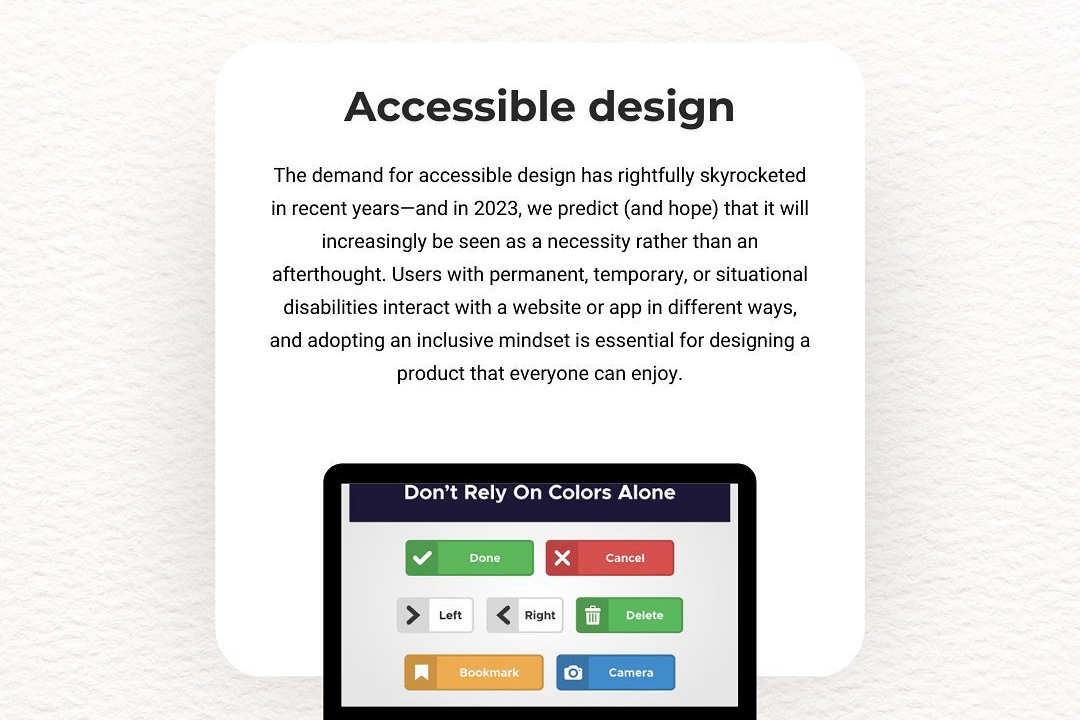Understanding ios development trends
Exploring the Latest Trends in iOS Development
Understanding ios development trends
Understanding iOS development trends involves keeping an eye on the evolving technologies, tools, and user behaviors that shape the iOS ecosystem. With the rise of Swift as the preferred programming language, developers are increasingly adopting SwiftUI for building user interfaces, emphasizing declarative syntax for more efficient coding. Trends also highlight the growing importance of machine learning integration through Core ML and Explore widgets and app clips which enhance user engagement by providing quick access to app functionalities. Moreover, the focus on privacy and data security has driven developers to adopt best practices in app design, aligning with Apple's stringent App Store policies. Lastly, as more developers embrace cloud services and cross-platform development frameworks, understanding these trends is crucial for delivering innovative and competitive iOS applications that meet user expectations in a rapidly changing digital landscape.
To Download Our Brochure: https://www.justacademy.co/download-brochure-for-free
Message us for more information: +91 9987184296
1 - Swift Programming Language
Swift has become the primary language for iOS development due to its safety, performance, and modern syntax. Training in Swift is crucial for students to build apps efficiently.
2) SwiftUI Framework
SwiftUI is Apple's declarative framework for building user interfaces. It allows developers to create responsive and adaptable UIs with less code, making it essential for modern iOS app development.
3) Combine Framework
Combine provides a declarative Swift API for processing values over time. Understanding Combine will help students manage asynchronous tasks and event handling more effectively.
4) Focus on User Experience (UX)
There’s a growing emphasis on UX design principles, highlighting the importance of intuitive interfaces. Training should cover UX best practices, including human interface guidelines provided by Apple.
5) Augmented Reality (AR)
ARKit enables developers to create immersive augmented reality experiences. Introducing AR concepts can prepare students to design innovative applications that utilize AR technology.
6) Machine Learning Integration
Core ML allows easy integration of machine learning models into apps. Educating students on machine learning basics and how to use Core ML will enhance their app capabilities.
7) Health and Fitness Apps
The demand for health related applications is rising, especially with the availability of HealthKit and CareKit. Training should cover how to leverage these frameworks to develop health focused apps.
8) Cross Platform Development
Frameworks like Flutter and React Native allow for cross platform app development. While focusing on native development, exposing students to these frameworks can broaden their skill set.
9) Cloud Computing Services
Understanding cloud services like Firebase and AWS is critical as apps increasingly rely on cloud functionalities for storage and backend services. Including this in training prepares students for real world app requirements.
10) Focus on App Security
As cyber threats grow, teaching students about app security best practices, including secure data handling, user authentication, and using Apple’s security frameworks, is fundamental.
11) App Store Optimization (ASO)
Teaching how to optimize apps for the App Store can increase visibility and downloads. Students should learn about keywords, descriptions, and effective use of visuals.
12) Accessibility Features
Apple's focus on inclusivity necessitates that developers understand and implement accessibility features. Training should include how to make apps usable for everyone.
13) Server Side Swift
The rise of server side Swift (e.g., using frameworks like Vapor) allows developers to build backend services in Swift. This trend opens new opportunities in full stack development for students.
14) Continuous Integration and Continuous Deployment (CI/CD)
Understanding CI/CD practices allows developers to automate testing and deployment processes, enhancing productivity. Training should include tools like GitHub Actions and Bitrise.
15) Adoption of MVVM and Swift Architectures
Teaching architectural patterns, especially MVVM (Model View ViewModel), equips students with the knowledge to create scalable and maintainable codebases, which is in demand in the industry.
16) Focus on Interactive and Social Features
With the rise of social networking, incorporating interactive features in apps is key. Educating students on real time communications and social media integrations can enhance their projects.
By addressing these trends in your training program, students will be better equipped to navigate the evolving landscape of iOS development and build cutting edge applications.
Browse our course links : https://www.justacademy.co/all-courses
To Join our FREE DEMO Session: Click Here
Contact Us for more info:
- Message us on Whatsapp: +91 9987184296
- Email id: info@justacademy.co












